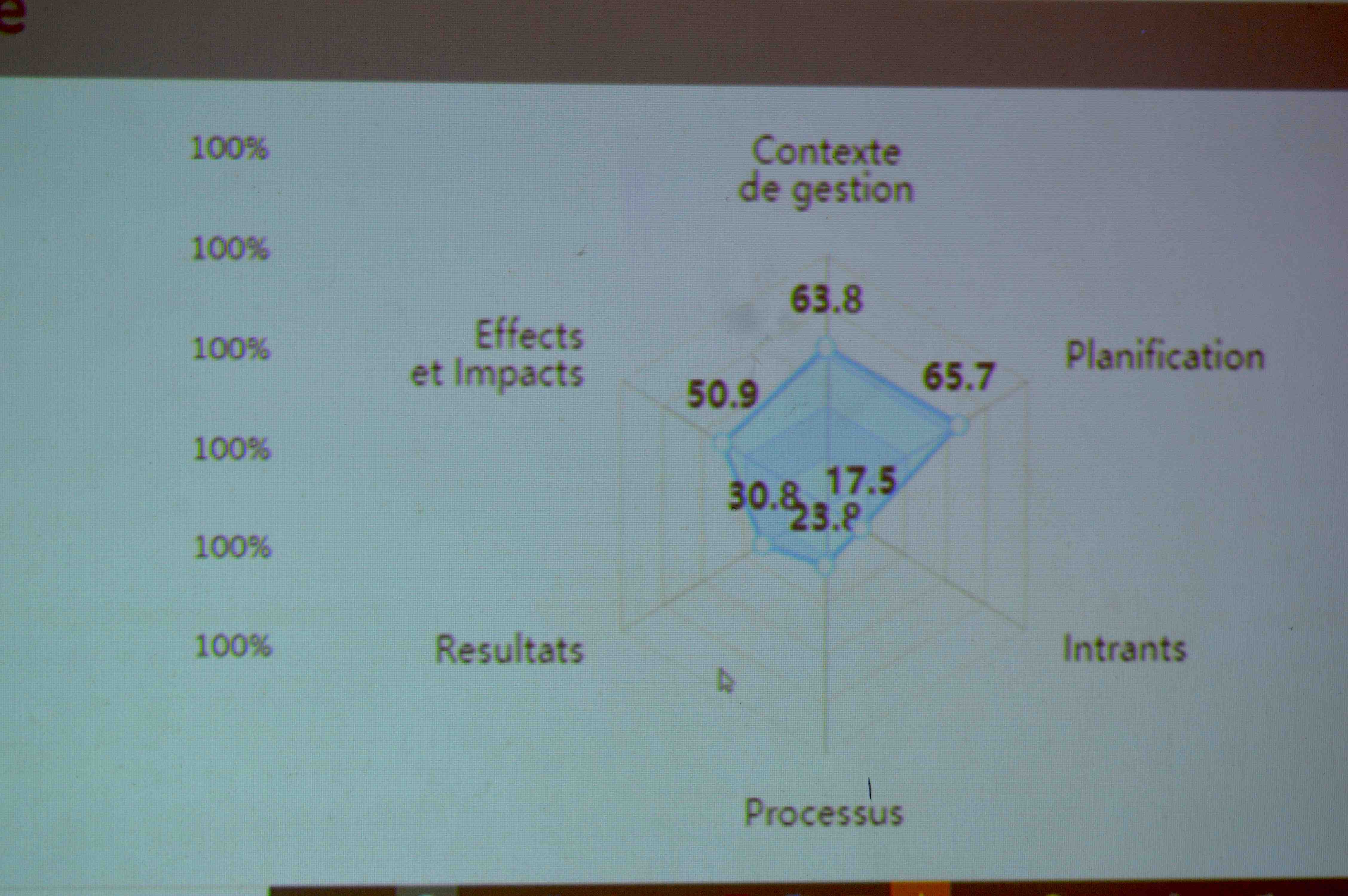A stakeholders workshop was conducted to share assessment results, address questions from the 2nd workshop, and discuss an action plan for mitigating identified negative impacts. Actions, activities, and timelines were discussed for each impact.
Based on the collected data, TT successfully engaged donors in funding projects aligned with reducing the negative impacts.
To mitigate the Human-Wildlife Conflict (HWC) negative impact, TT has constructed a 33km Elephant exclusion Fence and 8 additional 10% fences, reducing HWC by over 80%.
To address the lack of water, TT provided 110 dam liners, each with a capacity of 56,000 L, resulting in the harvesting of over 6 million litres of surface run-off water.
In support of schools, TT is offering scholarships to 9 students and has constructed and equipped a Science and computer laboratory in a local secondary school.
To overcome information barriers, TT established a BULK SMS platform and grievances log to facilitate communication on key issues, ongoing projects, and address grievances between TT and communities.
TT is currently developing a SAPA review scheduled for July 2023 to assess the impact and change in perceptions resulting from the implemented interventions in communities.
The Tsavo Trust management was very supportive throughout the entire process.
Tsavo Trust contracted experienced consultants who conducted the SAPA process professionally within the set timelines
The good relationship between Tsavo Trust, Communities and Key Stakeholders made the process a success
Timely availing of project funds from BIOPAMA
During the SAPA process final phase, TT learnt that bringing a wider network of stakeholders had varying benefits. Ensuring there was representation from County Government, like-minded NGOs, Kenya Wildlife Services and Community helped reduce the pressures on TT to deliver and address all the negative impacts identified during the evaluation. All partners who were part of the SAPA process now have a clear picture of the work that TT does and the needs of the Kamungi members.
